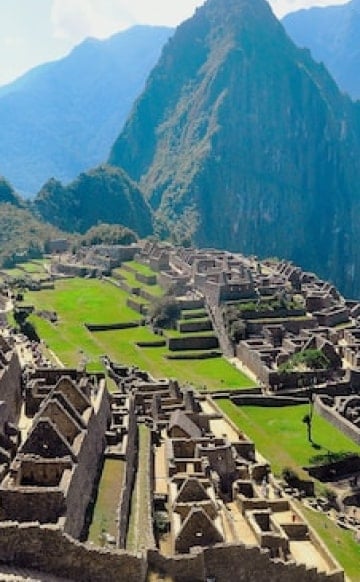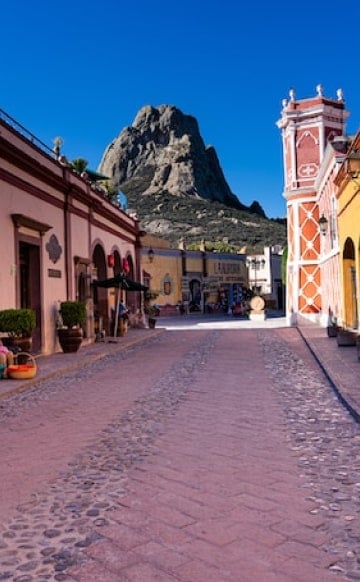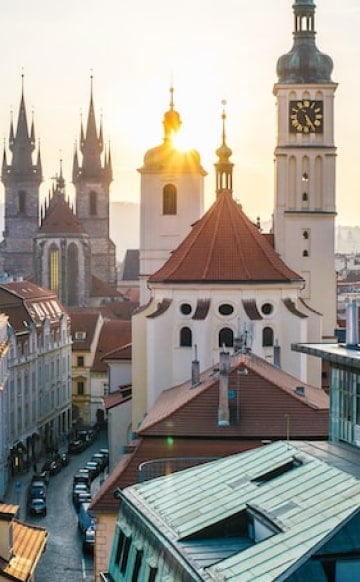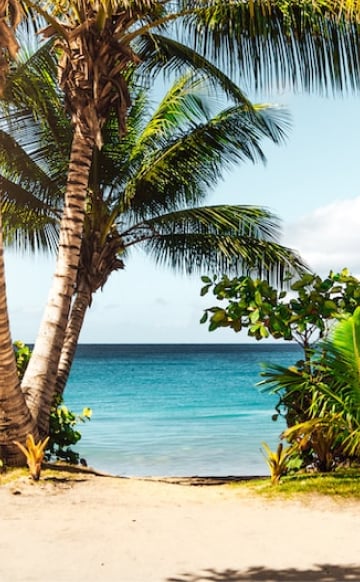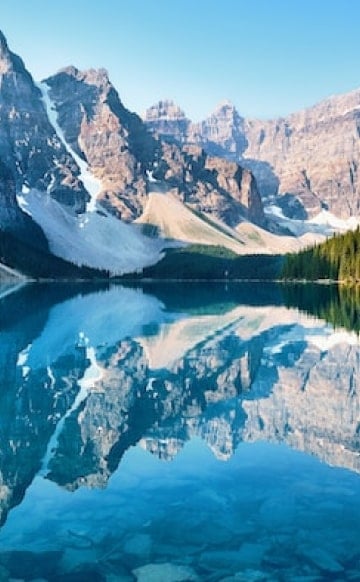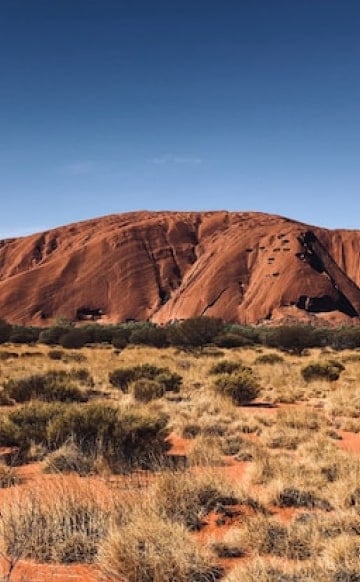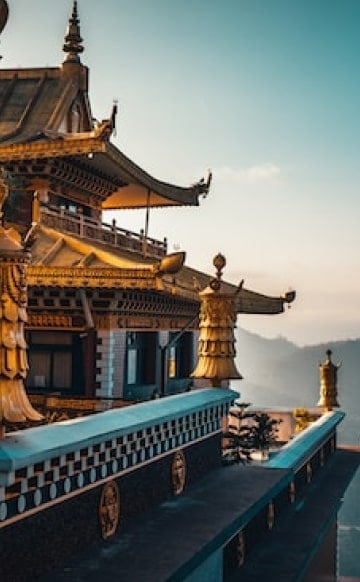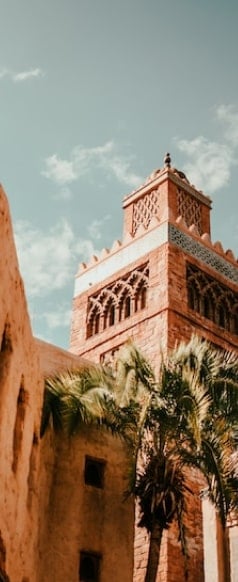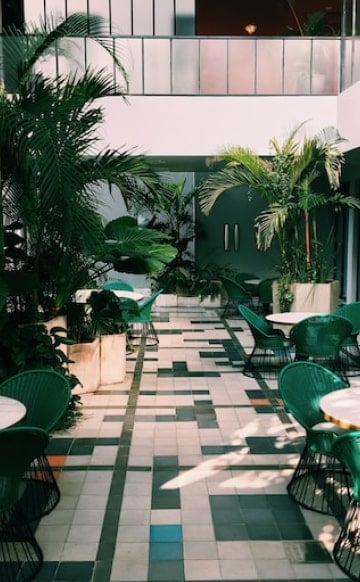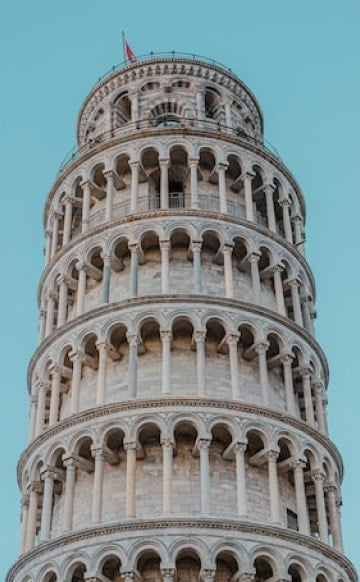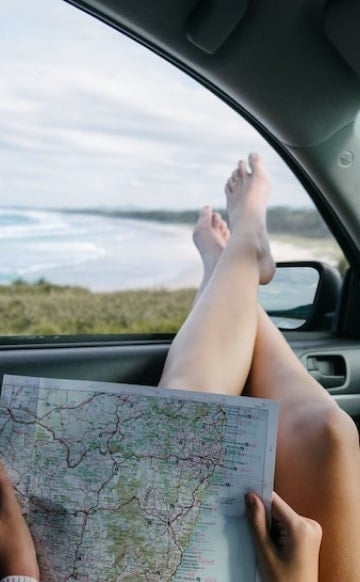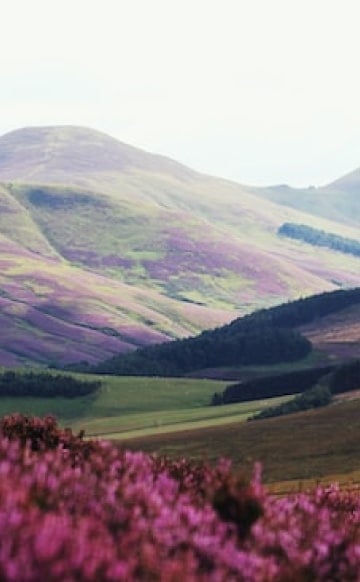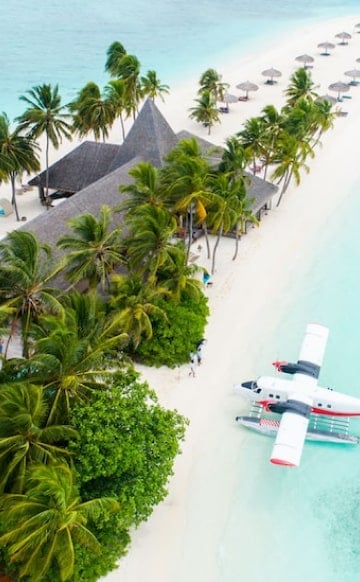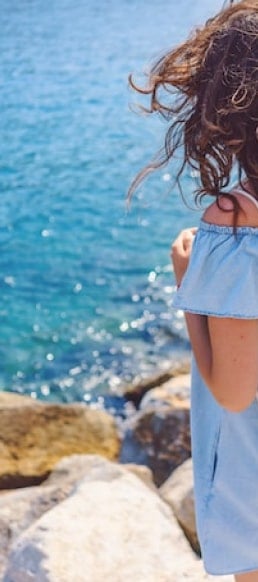Who hasn’t fantasized about being stranded on a beautiful remote island? Whether it’s completely deserted, filled with everything you need to live comfortably, or somewhere in between, these amazing destinations offer the chance to live out your idea of a perfect island fantasy.

Palawan, Philippines
Palawan not only boasts crystal clear tropical waters and some of the best beaches in the Philippines, but it’s also home to one of the newest natural wonders of the world, the Puerto Princesa Subterranean River. Puerto Princesa is one of the longest underground rivers on earth, traversing five miles through a subterranean cave system. Visitors can hop aboard a guided boat tour to explore a portion of the waterway, where karsts formed by dissolving limestone can be seen in every direction. You’ll also have a chance to enjoy some of the best snorkeling and diving as well as spot a number of endangered animals like the Calamian deer, the Sunda tree squirrel and the Philippine crocodile. If you happen to land on the island’s rugged west coast, in this remote area you’re far less likely to bump into other tourists, enjoy the spectacular natural beauty practically all to yourself.

Guana Island, British Virgin Islands
Guana Island is one of the few privately-owned islands remaining in this part of the world. The 850-acre island has no public access, as it’s a resort island offering guests an all-inclusive experience in spectacular sea view cottages that include three meals a day, snacks, wine and use of all facilities. You’ll have access to kayaks, paddleboats, snorkel gear and more, in addition to being able to join in on a yoga class, play tennis and indulge in aromatherapy massage overlooking the beach. While it’s not a deserted island by any means, with the island limited to just 30 guests at any one time, there are acres and acres of privacy for everyone.

Bequia, St Vincent and the Grenadines
Once you get to Bequia, you’ll probably never want to leave. One of the best places in the Caribbean to skip the crowds, the lush green and hilly seven-square-mile island in the Grenadines is a true hidden treasure that’s been called the “most perfect” of all Caribbean isles. While there is no glitz and glamour, there are lots of friendly locals, ever-flowing rum punch, beautiful cerulean waters ideal for snorkeling and a perfect little harbor. One of the Caribbean’s most protected natural harbors, Admiralty Bay is also one of the most picturesque. At the edge of the bay, Port Elizabeth features colorful wooden buildings, a scenic waterside path, a bookshop, a few beach bars and eateries serving up fresh, delicious seafood. What more do you need?

Aldabra, Seychelles
Aldabra, part of the Outer Islands of the Seychelles, located 265 miles from Madagascar, is one of the last unspoiled paradises on the planet. The second-largest coral atoll in the world, it’s long been known, but as it’s difficult to get to, it’s managed to avoid buildup and remains practically untouched as an uninhabited island. This is an isle where the largest giant turtle population on earth roams free, with some 150,000 of the creatures living here. There are also a large number of nearly extinct species, like the coconut crab, the world’s largest land crab, as well as manta rays, barracuda and hammerhead sharks. If you aren’t “lucky” enough to be stranded here and want to visit, keep in mind that tourism is strictly limited to nature tourism and education, and you’ll have to get permission from the Seychelles Islands Foundation to go.

Inisheer, Ireland
Not everyone dreams of escaping to a tropical island – if you’ve had visions of spending the rest of your life out in Old World Ireland, Inisheer, officially known as Inis Oírr, the smallest of the three Aran Islands off the west coast of Ireland, may be ideal. The tiny, two-square-mile island is home to a population of just 300. It’s extremely walkable, so you really don’t need a vehicle at all. You can hire a bicycle, or even a traditional Pony & Trap to get around, clip-clopping around the island’s maze of paths that wind through old stone walls, with holy wells, castle ruins, rare plants and birds that can be seen along the way. There are even gorgeous sandy beaches that sit at the edge of clear, brilliant blue waters, ideal for soaking up the summer sunshine and even swimming.

Patmos, Greece
Forbes magazine once called Patmos the “most idyllic place to live in all of Europe”. If you’re dropped off here, you’ll quickly discover why. The coastline is filled with beautiful bays and inlets with azure waters, and there are also multiple beaches along with a surprisingly vibrant nightlife, considering that monks make up a fairly significant part of the population. Known around the world as a sacred island, as the place Saint John wrote the Book of Revelation, it was designated as “Holy Island” by the Greek Parliament in 1981 as well as a World Heritage Site by UNESCO in 1999. It had been used as a place of exile by Romans due to its steep morphology, which is how the saint found safe refuge here back in the 1st century AD.

Vis, Croatia
One of the most underrated Mediterranean destinations, Vis is the furthest island from the central Dalmatian Coast. It served as a base for the Yugoslav Army during the socialist years and was closed to foreign visitors for nearly four decades, from 1950 to 1989, and deserted by much of its local population. Today, it offers one of the best destinations for those who are looking for an authentic, unspoiled spot in the Adriatic. Wine enthusiasts will love it too, as some of the most exclusive wines in Croatia are produced on the island, like Plavac and Vugava. Tuck yourself away on one of its many stunning and secluded bays, or explore the island to discover its extensive vineyards, palm, pine, olive, oleander, fig, carob and mulberry trees, more than 300 herbs and local seafood and wine. You can also marvel at old fishing boats on the southwest of the island in Komiza and snorkel in the emerald waters of Stiniva Cove, sometimes right alongside bottlenose dolphins and loggerhead turtles.

Huahine, French Polynesia
The island of Huahine, said to be an equivalent of the Garden of Eden, offers lush landscapes and brilliant blooms, coconut plantations, vanilla orchids, breadfruit trees, banana groves and watermelon fields. Part of the Leeward Group of Society Islands, near Raiatea and Bora Bora, it’s also a culturally preserved sanctuary with sacred temples hidden throughout the dense vegetation. Huahine is actually two islands, Big Huahine to the north, home to the bustling village of Fare as well as a number of tourist facilities, while Little Huahine to the south, is more rugged and isolated, with cerulean lagoons, idyllic beaches and a serene atmosphere that allows visitors to feel as if they’re truly getting away from it all.

Petit Tabac, Tobago Cays
If this island looks familiar, that’s because it was the very isle on which Johnny Depp’s character, Captain Jack Sparrow, was marooned with Elizabeth Swan, played by Kiera Knightly. The tiny, uninhabited island that’s just two-thirds of a mile long, is part of Tobago Cays Marine Park. It’s everything you could ever want in a deserted island, with shallow, crystalline waters teeming with colorful marine life, including sea turtles, and coconut trees that line the picture-perfect white sands. Just be sure to bring plenty of your own rum with you, as the stuff that Jack discovered is long gone.

Flores Island, Azores
Flores Island, known as the flower island as it’s covered in flowers, as well as waterfalls that rise from sea level to more than 1,000 feet, is the westernmost point of the Azores Archipelago, and its most remote island. It’s home to countless wildflowers, with hydrangeas being the most prevalent in addition to being noted for tranquil lagoons, cliffs carved by grottoes, hot springs and volcanic remains. Near the town of Fajazinha, is the magnificent Cascata da Ribeira Grande, an over 650-foot waterfall, and nearby are some 20 other waterfalls that cause rainbows to appear over the deep emerald-hued mountainside.

Mamanuca Islands, Fiji
This ultimate barefoot paradise is a volcanic archipelago made up of 20 islands – though when the tide is high, there are just 13, which is why most of them are uninhabited – that, and the lack of fresh water. That includes the most breathtaking of the isles, Monuriki Island, which was the site of the 2000 film “Cast Away,” starring Tom Hanks. While you’d need to bring your own food and water, you could enjoy sitting beneath the shade of the palm trees, walking across the soft, fine sands and swimming in the crystal clear waters.

Anafi, Greece
Anafi is a beautiful island, but most overlook it as soon as they realize how much time it takes to get there. There is no airport, so you’ll need to take a 10-hour ferry ride from Athens. But your reward is an island with a population of less than 300 untouched by tourism, along with tranquil beaches and just one very enchanting white village, Chora, which tumbles down the mountain slopes to meet the Aegean Sea. There are little to no tourist facilities, though free camping is possible and nudists can enjoy sunbathing in the buff. The walking paths around the island are linked to the various settlements, making it ideal for hiking during the early morning hours or just before dusk when the sun isn’t so strong. By hiking from Chora to the 8th-century BC ruins of Kastelli and the monastery built on Apollo’s temple, you’ll enjoy spectacular views along the way.

Rock Islands, Palau
The Rock Islands, which many became familiar with after watching “Survivor Palau,” are ancient relics of coral reefs that make up 300 islands in the Southern Lagoon of Palau. Most are uninhabited and are renowned for their unusual shape and fine, powdery sand beaches, but even more so for their azure-hued lagoons. The islands are also home to famed Jellyfish Lake, where millions of golden jellyfish live, harmless to humans, and a number of other surprises, like the Milky Way which is a bay filled with white limestone known for rejuvenating the skin.

Cocos Island, Costa Rica
Known as the northern Galapagos, the Cocos Islands are in a remote region of the Pacific, some 340 miles off the western coast of Costa Rica. Covered by vast, tropical jungle, the island is best known as an outstanding diving destination, luring divers with its remote beauty and seas teeming with life – as well as for treasures that are believed to have been buried here by pirates, including some Incan gold that was stolen from Lima by a pirate in the 19th century. While most of the island is still uninhabited, there is a somewhat strange population of pigs, deer, cats and rats that were either introduced on purpose or accidentally by humans. Despite the abundance of freshwater, there haven’t been any human settlements that have managed to survive here for long. And, tourists are limited to accessing only the shore, with permission of island rangers.

